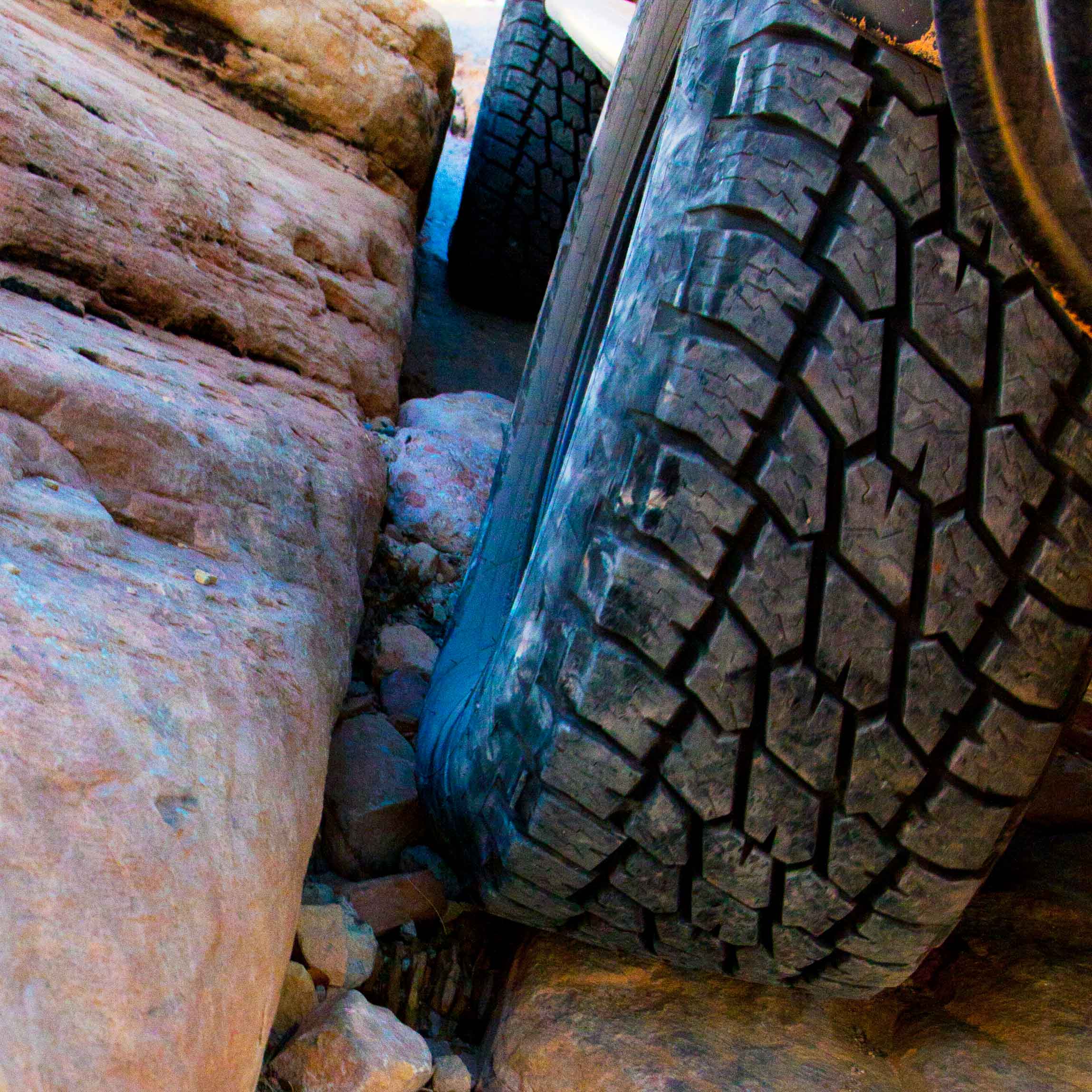 | ||||||
I4WDTA Certified
Trainer
 | ||||||
Wild Arizona begins on a dusty road taking the traveler back to a time when life moved at a leisurely pace. Our first destination, the town of Copper Creek; Today the town is silent. No longer do Copper Creek residents walk the dusty dirt roads or attend to their daily chores. The sound of horses walking the streets is gone too. All that remains of Copper Creek are stone walls standing in silent testament to the rugged people who once lived here.
As you travel West from Copper Creek you’ll pass by mines of yesteryear with names like Bunker Hill, yellow Bird, and Old Reliable. You’ll see beautiful vistas and magnificent valleys on your journey into the past. The terrain is rugged, sometimes difficult to travel, but this road has been traveled before by people with the grit and determination to overcome its many obstacles. Your next destination in time, the late 1800, local newspapers are reporting that "a lively camp" has sprung up in the Galiuro Mountains. That lively camp is Table Mountain mine founded in 1898 and it’s your next stop.
Your trek continues through the Galiuro Mountains, traveling over lands the Apache Indians once ruled without compromise. The stunning views and rich history of this place cannot be more captivating. As you travel further back in time the desert terrain rapidly changes to a lush forest that defies any description of a desert. You are now in a unique riparian system that’s been occupied by Native Americans’ for thousands of years. The Salado people called this place home. The sights and sounds in this beautiful canyon are unlike anything you’ll hear on the Desert Plato above.
As we continue north east we come to a cliff dwelling created by the Salado Indians about 1200 BC. They use it several months each year when the weather permited hunting and gathering in the canyon. Traveling deeper into this riparian system we come across a perennial creek fed entirely by springs located throughout the Galiuro Mountains. Seven species of native fish are found here as well as desert bighorn sheep, mountain lions, white-tailed and mule deer, javelin, coyotes and troops of coatimundi traveling the canyon bottom are always a special treat to see. More than 150 species of birds call this canyon home. As we near the end of our journey, memories of good company, new friends, campfires, and magnificent starry nights fill our thoughts as we once again travel back to the present time taking with us memories that will last a lifetime.
Wild Arizona is a unique experience that combines expedition travel, off-road driver training, and wilderness survivals skills. This is certainly one of the most stunning classrooms you will ever enter and you will leave with newfound knowledge and skills that will make backcountry travel safer, easier, and camping more enjoyable.
Course Objectives
Survival Skills
- Differentiate between good and bad clothing choices
- Be acquainted with the basic topographic map
- Appreciate the mental and physical challenges confronted by the survivor
- Identify and Define priorities in their order of importance
- Knife safety and usage
- Know how to find and / or build shelter
- Understand the fire triangle
- Know how to gather materials for making, building, and igniting a fire
- Recognize water indicators
- Identify different methods of water treatment
- Recognize the importance of food in a survival situation
- Identify different methods used for signaling help
- Know how to avoid the survival scenario
Off-Road Driving Skills
- Preform basic inspection and maintenance of four-wheel drive vehicles
- Understand tread lightly concepts and responsible backcountry use
- Hand signals used to operate a winch and guide the driver over difficult terrain
- The terms WLL and SWL and their importance to recovery gear safety
- Winch safety considerations and rigging
- The pros and cons of wire vs. synthetic rope
- Synthetic rope inspection and repair
- How to perform a vehicle stuck assessment
- Access the stuck vehicles mire factor
- Formulate a vehicle recovery plan based on the stuck assessment and mire factor
- Safety considerations when using wire rope
- Safety considerations when using synthetic rope
- Safe methods for accents and descents
- How to recover from a failed climb
- Proper techniques for traversing rocky terrain
- Vehicle inspection at the end of the trail
- Emergency preparedness
Requirements
Winch and lockers are not required but recommended. Solid recovery points, good protection for rocky sections, CB radio (handheld ok), 32" or larger tires, camping gear, food, two Gallons of water per person per day is recommended, and five gallons of extra fuel.






